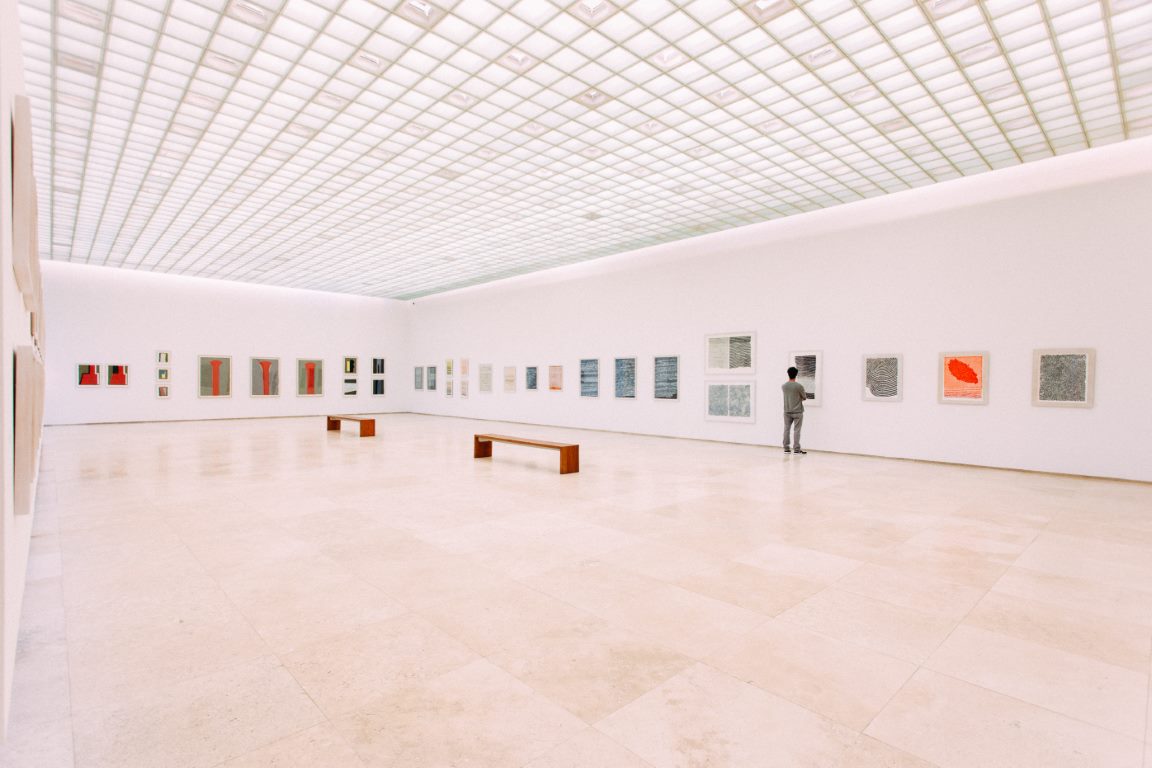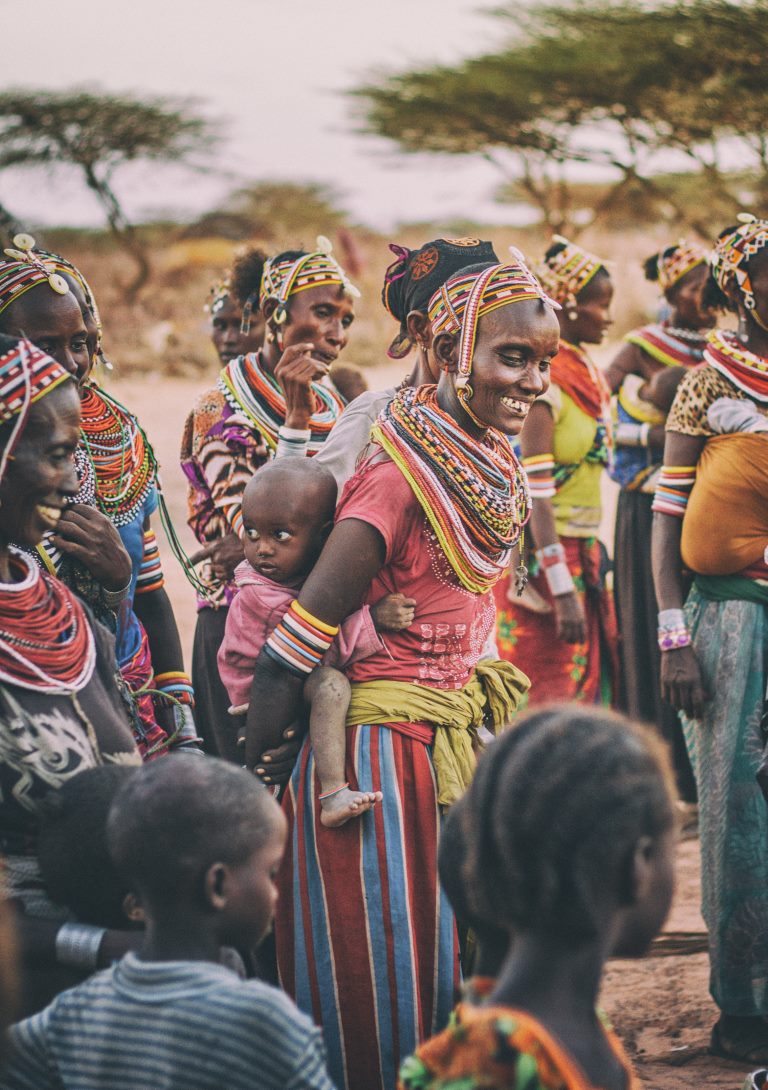How to Plan Your Mostar and Herzegovina Full Day Tour in Split
Looking for a fun and exciting day trip from Split? Look no further than the Mostar and Herzegovina Full Day Tour! This tour takes you on a scenic drive through Bosnia and Herzegovina’s beautiful countryside, stopping along the way to take in the sights and sounds of this amazing region. This guide will give you step-by-step instructions on how to plan your Mostar and Herzegovina full day tour in Split.Step 1: Book Your Tour
The first step in planning your Mostar and Herzegovina full day tour is to book your tour. You can book your tour online by visiting the Get Your Guide website. The tour costs €65 per person and includes transportation in an air-conditioned vehicle, an English-speaking guide and driver, a walking tour with a professional licensed local guide in Mostar, insurance, Wi-Fi on board the vehicle, and entrance fees to Kravica Waterfalls (€10 per person payable only with cash at the meeting point) and border crossing fees (€5 per person).Step 2: Get Ready for Your Tour
Once you’ve booked your tour, it’s time to get ready for your trip. Be sure to wear comfortable clothes and shoes as you’ll be doing a lot of walking throughout the day. Pack a small bag with all your essential items such as sunscreen, water, and a camera. Since you’ll be crossing the border into Bosnia and Herzegovina, don’t forget to bring your passport!Step 3: Arrive at the Meeting Point
On the day of your tour, make sure to arrive at the meeting point on time. The meeting point is located in the heart of Split, and you’ll be picked up by an air-conditioned vehicle for the journey to Bosnia and Herzegovina. Your guide will be with you for the whole tour, providing insider tips and knowledge about the local history and culture.Step 4: Experience the Tour Highlights
During your Mostar and Herzegovina full day tour, you’ll experience many highlights that will take your breath away. Here are some of the tour highlights you can expect:Visit the small picturesque town of Mostar
Mostar is the highlight of the tour. This small and picturesque town is situated on the banks of the river Neretva and is famous for its magnificent Ottoman-style bridge, the Stari Most. Your local guide will take you on a walking tour of the town, showing you its ancient bazaar, the Turkish house, and the mosque. You’ll learn about the town’s unique history and culture.Immerse yourself in the scenery, history, and culture of Bosnia and Herzegovina
As you travel through Bosnia and Herzegovina’s countryside, you’ll be able to immerse yourself in the stunning scenery of the region. The region boasts stunning mountain views and lush forests. You’ll also learn about the complex history of the Balkans as you travel through Bosnia and Herzegovina.Get insider tips from your local guide
Your local guide will be with you for the whole tour, providing you with insider tips and knowledge about the local history and culture. You’ll learn about the unique customs and traditions of the people of Bosnia and Herzegovina and get suggestions on the best places to visit in the area.Taste traditional foods like burek and baklava
During your tour, you’ll have the opportunity to taste traditional foods like burek (filled pie) and baklava (pastry dessert). These are some of the delicacies of Bosnia and Herzegovina that you must try.Jump into the Kravica waterfall and enjoy a quick swim to cool down
The tour’s final stop is Kravica Waterfall, where you can enjoy a refreshing swim to cool down. The water is crystal clear and great for swimming. You’ll have plenty of time to enjoy the waterfall and take beautiful photos.Step 5: Return to Split
After a full day of experiencing Bosnia and Herzegovina, your tour will come to an end, and you’ll be taken back to your hotel in Split. Be sure to thank your guide for the fantastic experience, and don’t forget to share your photos and memories of the tour with friends and family!Book Your Tour Now
The Mostar and Herzegovina Full Day Tour is an incredible experience that you won’t want to miss. Make sure to book your tour in advance, arrive on time, and come prepared with comfortable clothes and a small bag of essentials. The tour highlights include visiting Mostar, immersing yourself in the region’s history and culture, getting insider tips from your local guide, and trying traditional foods like burek and baklava. Don’t forget to jump into the pristine waters of Kravica Waterfall before heading back to Split. Book your tour today!
Frequently Asked Questions – Split, Croatia
Split is a charming and vibrant city situated on the eastern shore of the Adriatic Sea. The city is so rich in history and culture that it is no wonder visitors are endlessly curious about its past, present, and future. Here are some frequently asked questions about Split, Croatia.1. What is the population of Split?
Split is the second-largest city in Croatia with a population of approximately 178,000 people. The city is the cultural and economic center of Dalmatia.2. When is the best time to visit Split?
The best time to visit Split is during the shoulder seasons of April, May, September, and October when the climate is mild, and the crowds are smaller. However, June, July, and August are considered the high season, and the city is quite busy with tourists. December is also a good time to visit the city since the city is adorned with beautiful Christmas decorations and city streets are filled with holiday cheer.3. What is the currency used in Split?
The official currency of Split is Croatian Kuna (HRK). You can exchange foreign currencies into Croatian Kuna at banks, exchange offices, or ATMs. Most shops and restaurants accept credit cards, but it is always a good idea to have some cash on hand.4. How do I get around Split?
Split is a walkable city, but if you need to go somewhere quickly or want to explore other areas, there are various transportation options available. You can take a bus, taxi, or rent a car. Public transportation is reliable and affordable, and there are also public bicycles, electric scooters and golf carts available to rent.5. What are the top tourist attractions in Split?
Split is full of incredible historical landmarks and natural beauty. Some of the top tourist attractions in Split include:- Diocletian’s Palace
- Marjan Hill
- Riva Promenade
- Cathedral of Saint Domnius
- Peristyle Square
- Salona Archaeological Park
- Ivan Mestrovic Gallery
6. What are some local dishes to try in Split?
Croatian cuisine is delicious and should not be missed when visiting this beautiful city. Here are some local dishes to try in Split:- Pašticada – a slow-cooked beef dish served with gnocchi or homemade pasta
- Black risotto – made with cuttlefish ink, this dish is usually served as a starter
- Buzara – mussels or shrimp cooked in a tomato and wine sauce
- Fritule – a small, doughnut-like dessert sprinkled with powdered sugar
- Peka – meat, vegetables, and herbs slow-cooked under a bell-shaped lid.
7. Is it safe to travel to Split?
Split is generally a safe city to visit, and the crime rate is low. However, to ensure a safe and enjoyable trip, visitors are advised to take the usual precautions such as keeping valuables hidden and being aware of their surroundings when walking alone at night.8. What is the weather like in Split?
Split has a Mediterranean climate with hot summers and mild winters. The average temperature in the summer is around 30°C (86°F), and in the winter, it is around 10°C (50°F). The city has an average of 2,600 hours of sunshine per year, making it one of the sunniest cities in Europe.9. Do I need a visa to visit Split?
Visitors from most countries do not need a visa to enter Croatia for stays of up to 90 days in a 180-day period. However, it is best to check with the Croatian embassy or consulate in your home country for specific visa requirements.10. Can I use my mobile phone in Split?
Yes, you can use your mobile phone in Split, but it may be expensive if you don’t have a local SIM card. Your best option is to purchase a local SIM card or use the free Wi-Fi available in most hotels, cafes, and public spaces. Split is a beautiful city with a rich cultural heritage, delicious cuisine, and spectacular scenery. We hope this blog cleared up some of the questions you may have had about this fantastic destination.
How to spend your time as a tourist in Split
Split is a beautiful city located in the heart of Dalmatia, Croatia. It is known for its rich history, stunning architecture, vibrant atmosphere, and crystal-clear waters. If you’re planning to visit this picturesque city and wondering how to spend your time in the best possible way, then read on.1. Visit Diocletian’s Palace
Diocletian’s Palace is one of the top attractions in Split, and it is a must-visit place. Built-in the 4th century AD, this palace is an incredible architectural feat that combines ancient Roman and medieval styles. Take a stroll through the palace’s alleyways, admire the stunning architecture, and don’t forget to click some Instagram-worthy pictures.2. Explore Riva promenade
Riva promenade is a bustling coastal pathway that stretches along the Adriatic Sea. It’s a great place to take a walk, grab some delicious food, and watch the stunning view of the sea. The promenade is lined with palm trees, benches, and is always buzzing with locals and tourists alike.3. Walk-through Marjan Park
Marjan park is a beautiful natural park located on the Marjan hill overlooking Split. The park is an excellent place to spend a peaceful day out in nature, explore scenic paths, and enjoy panoramic views of the city. You can also visit the zoo, botanical garden, and a few churches located within the park.4. Visit St. Duje’s Cathedral
St. Duje’s Cathedral, also known as the Cathedral of Saint Domnius, is a stunning seven-century-old cathedral located within Diocletian’s Palace. The cathedral is famous for its remarkable architecture, unique artwork, and historical significance. You can climb to the bell tower and take a walk around the cathedral and admire the interior decoration.5. Explore the Old Town
Split’s Old Town is a UNESCO World Heritage site, and it’s undoubtedly one of the most charming places to explore in the city. The old town is a labyrinth of cobblestone streets lined with ancient buildings, markets, and small shops. You can easily spend hours wandering around the old town, discovering hidden gems, and soaking up the history and culture of Split.6. Visit the Museum of Croatian Archaeological Monuments
The Museum of Croatian Archaeological Monuments is a fascinating museum that provides insight into Croatia’s early history. The museum displays artifacts that date back to the early middle ages and highlight the country’s unique and diverse cultural heritage.7. Take a dip in the Blue Lagoon
The Blue Lagoon is a breathtaking natural pool located near Split’s coast. The lagoon is known for its crystal clear water and a perfect place to take a swim or snorkel. You can take a boat tour to the lagoon and have a relaxing time surrounded by nature’s beauty.8. Have a Foodie Experience
Croatian cuisine is known for its bold flavors, fresh ingredients, and cultural significance. You can savor some mouth-watering dishes at one of the fantastic restaurants in Split. Try traditional dishes like Pasticada, Brodet, and Black risotto.Book Your Tour Now
Split is a charming city that has everything a tourist could ask for. From its rich history to its stunning beaches, from its vibrant nightlife to its unforgettable cuisine, Split has something to offer to everyone. By following the above guide, you can make the most out of your visit to Split and create some unforgettable memories.Table of Contents

